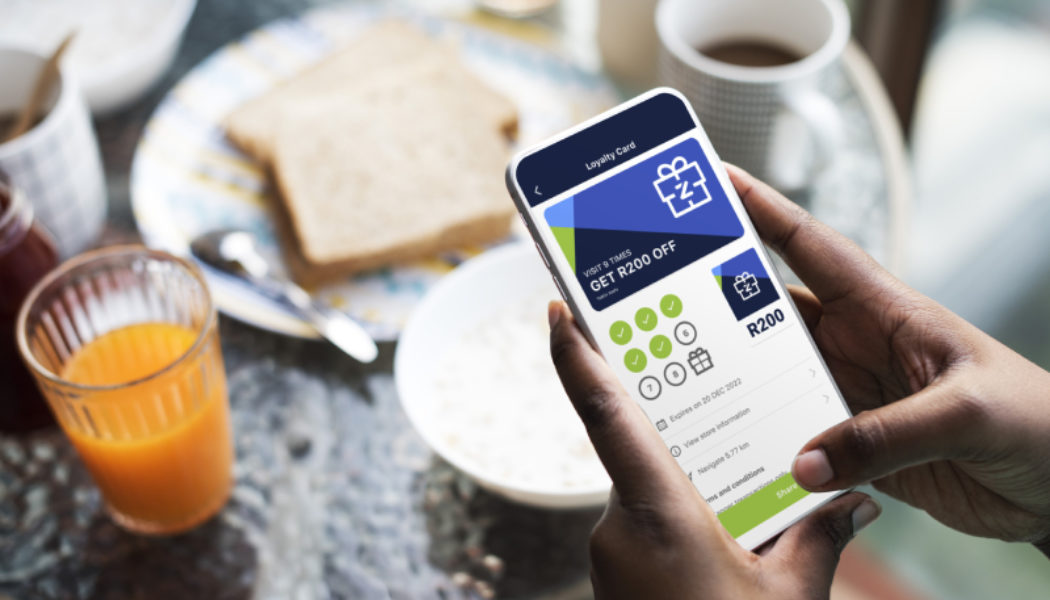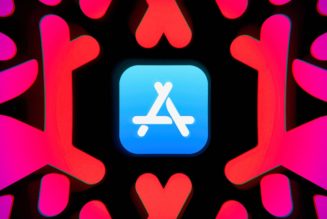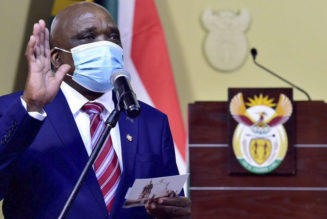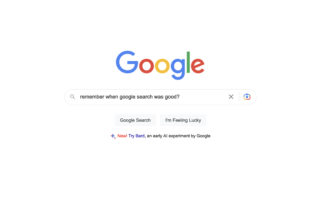
Chat Commerce is taking the lead when it comes to helping brands convince users to complete customer journeys. In fact, a simple, safe payment link within a WhatsApp message could hold the key for many companies, especially those in financial services, struggling with customer conversion, acquisition, and even cart abandonment.
As user behaviour has shifted, organisations are relying more and more on their digital channels for topline revenue generation. However, the teams responsible for designing and managing those digital channels are feeling the pressure with the latest data from Clickatell’s latest Chat Commerce Trends Report showing 81% of customer service leaders saying they are compensated based on performance and sales within their teams.
“When we surveyed more than 340 senior customer service leaders it was clear that while the revenue-generating responsibilities of customer service departments have significantly increased, many of their technical capabilities have remained the same,” explains Werner Lindemann, Clickatell’s Commercial Senior Vice President for Growth Markets.
“We believe in-chat payments will give brands the tools they need to address breaks in the customer journey, boosting digital performance as well as topline revenue,” Lindemann says.
Not all digital channels are created equal
Breaks in the customer journey pose a real challenge for CMOs across all their channels. According to Baymard Institute, nearly 70% of online digital shopping carts are abandoned, adding considerable pressure to organisations relying on their digital platforms to convert leads into sales.
When it comes to other marketing efforts across the customer journey, just 21.5% of email messages sent from brands are opened. However, customers are showing a clear preference to communicate via chat platforms, with research showing that the open rate for SMS messages sits at a significant 98%. Similarly, while just 3.3% of marketing emails are responded to, 45% of SMS messages receive a response.
“Most consumers quickly lose patience when it comes to call centres and even traditional web interactions and will either hang up or click away when they get frustrated with the process. However, we are all very comfortable with chat as a medium, since we use it many times a day to communicate with family and friends. Including chat into your customer journey makes great sense – especially when it comes to channels like WhatsApp, used by 95 percent of local social media users,” Lindemann says.
Offering chat payments is the next logical step
Many companies have been successfully using chat as part of their omnichannel offering, and by adding the ability for customers to make payments via chat, they are enabling the last and logical part of a complete customer journey in chat.
“User behaviour has evolved over the last two years with even inexperienced online shoppers now familiar with new digital payment methods. Taking the next step and allowing your customers to make a payment in a channel they already know and trust makes a huge amount of sense. What’s more, call centre agents would previously have to hang up and send an email with billing details, leaving it up to the customer to initiate a payment. This clumsy method would often result in customers losing interest, destroying all the marketing efforts that had gone before” he explains.
Lindemann says the solution lies in designing and maintaining strong customer journey momentum. He says offering a pay-by-link option is proving to be a big success, referencing India’s Mswipe which reported a 6X growth in pay-by-link transactions between 2020 and 2021.
Use cases across all verticals
“The use cases for in-chat payments for South African businesses are endless. Utilities could send a WhatsApp message with the details as well as a payment link and customers could safely and quickly make the payment there and then. Professionals requiring a deposit before work commences can now send a WhatsApp with appointment details along with a payment link. As soon as payment is received the appointment is confirmed,” he says.
Lindemann believes that any retail B2C industry (e.g., retail banking, insurance, retail, telco retail, and hospitality & airline retail) in particular has much to gain by making use of Chat Commerce.
When it comes to digital commerce, Lindemann says the immediacy of pay-by-link within chat means brands can capture sales at the moment.
“Brands can send a text to customers offering a discount on products they may have left in their carts. And, by including a payment link in the text, customers can immediately take advantage of the deal, making a significant dent in their cart abandonment rate,” Lindemann says.
Really, the lists of use cases are endless and given that South Africans already feel safe communicating on WhatsApp, when they see that green tick next to the business account profile, they are sure that it is a verified account and can safely transact. Chat Commerce, and now payment in chat, is the missing link brands have been waiting for when it comes to addressing costly breaks in the customer journey,” he adds.
Edited by Zintle Nkohla
Follow Zintle Nkohla on Twitter
Follow IT News Africa on Twitter










Tagged: Chat Commerce, Chat Commerce Clickatell, CMOs, Digital Channels, digital platforms, IT, IT News, Online Shopping, Online&Social, tech news, technology, WhatsApp, WhatsApp in-chat payments